Parents Are Turning These 15 Everyday Items Into Brilliant Learning Tools
Many parents are discovering that education doesn’t require fancy gadgets or expensive materials. In fact, some of the best learning tools are hiding in plain sight—right at home. By transforming everyday items like measuring cups, cardboard boxes, or even socks, families are sparking curiosity and encouraging hands-on discovery. Repurposing common objects not only makes education accessible, but it also turns ordinary moments into playful, memorable lessons. From building math skills to boosting creativity, these simple tools are helping children learn in ways that are both fun and practical.
1. Measuring Cups and Spoons
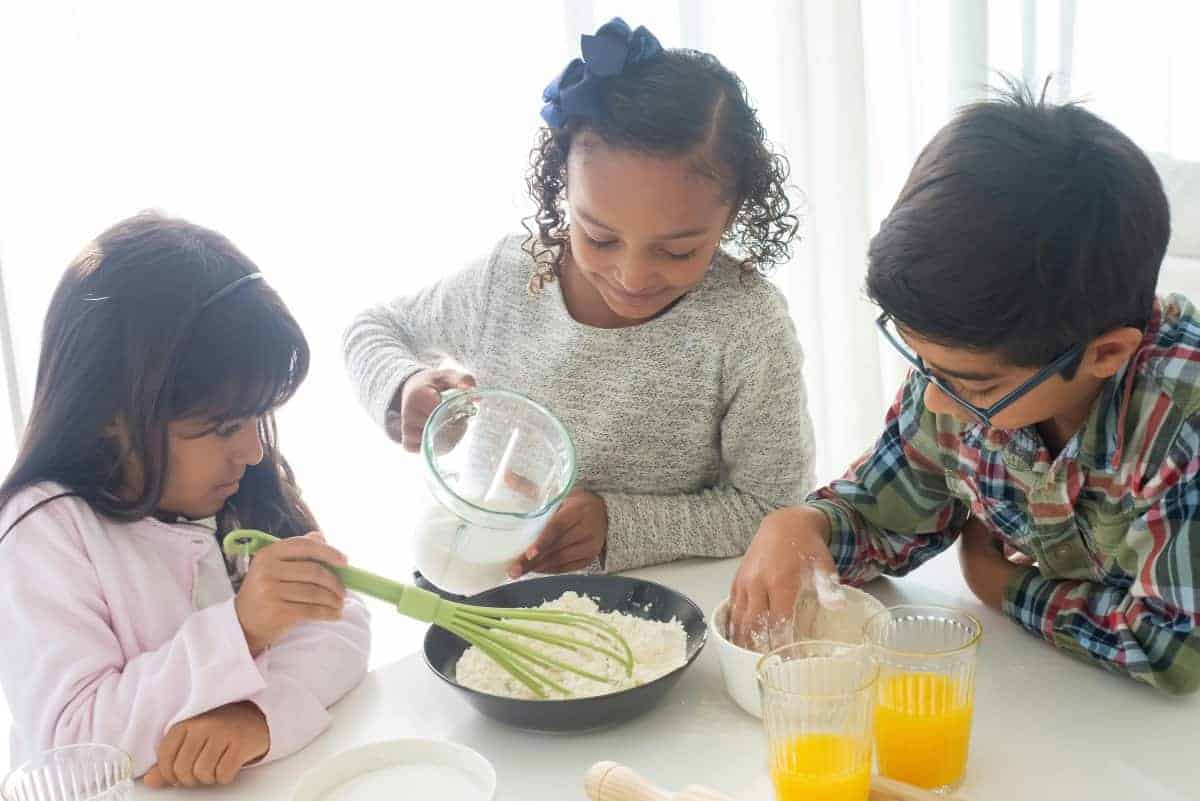
Measuring cups and spoons offer a hands-on approach to learning math at home. By pouring and measuring ingredients, children grasp important concepts like fractions, volume, and ratios in a practical way. Little ones can also develop fine motor skills and learn basic counting by handling different sizes. Comparing a tablespoon to a teaspoon makes the math real—suddenly, measurement isn’t just numbers on a page, but something they can see and feel as they help in the kitchen.
2. Cardboard Boxes
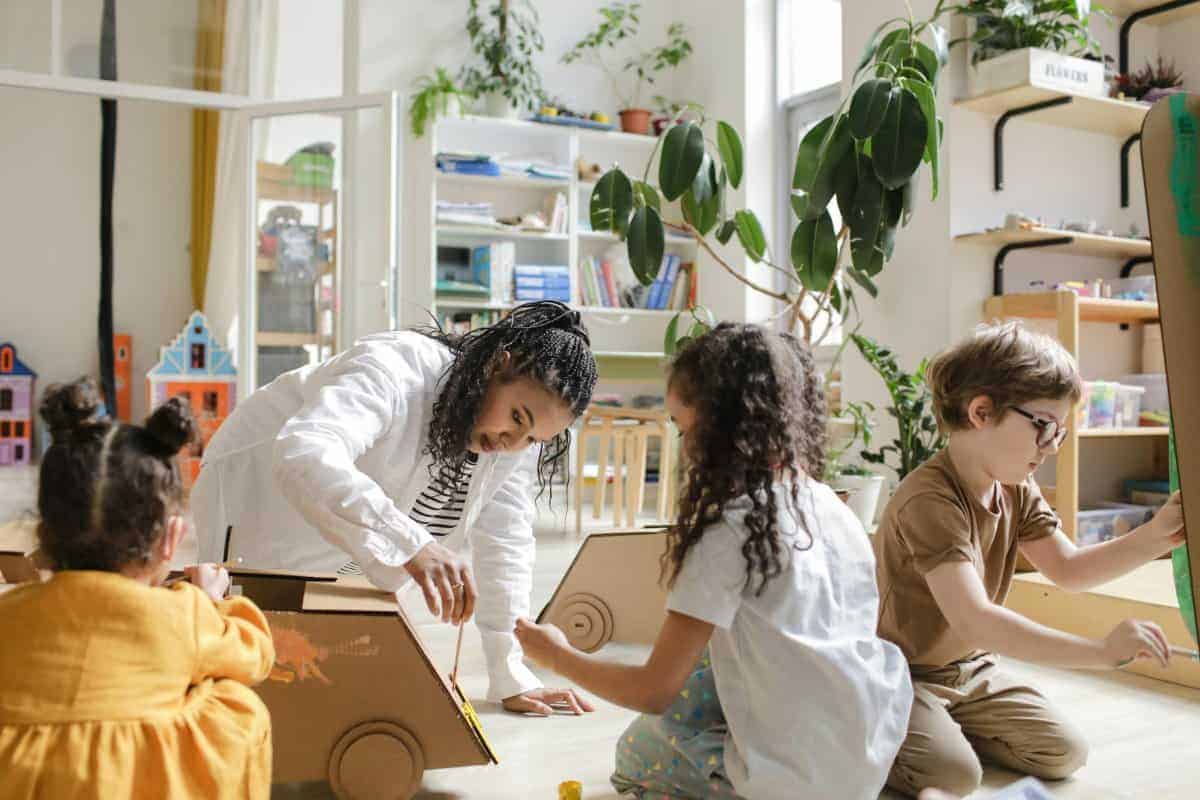
Cardboard boxes are a blank canvas for young imaginations—they can become castles, rocket ships, or even a mini science lab. This simple item invites open-ended play, letting kids experiment with design, construction, and storytelling. As children cut, fold, and stack boxes, they explore shapes, spatial reasoning, and basic engineering concepts. Decorating boxes with paint or markers adds an artistic twist, while collaborative building projects teach teamwork. Few materials rival cardboard boxes for their versatility and power to inspire creative, cost-effective learning at home.
3. Clothespins
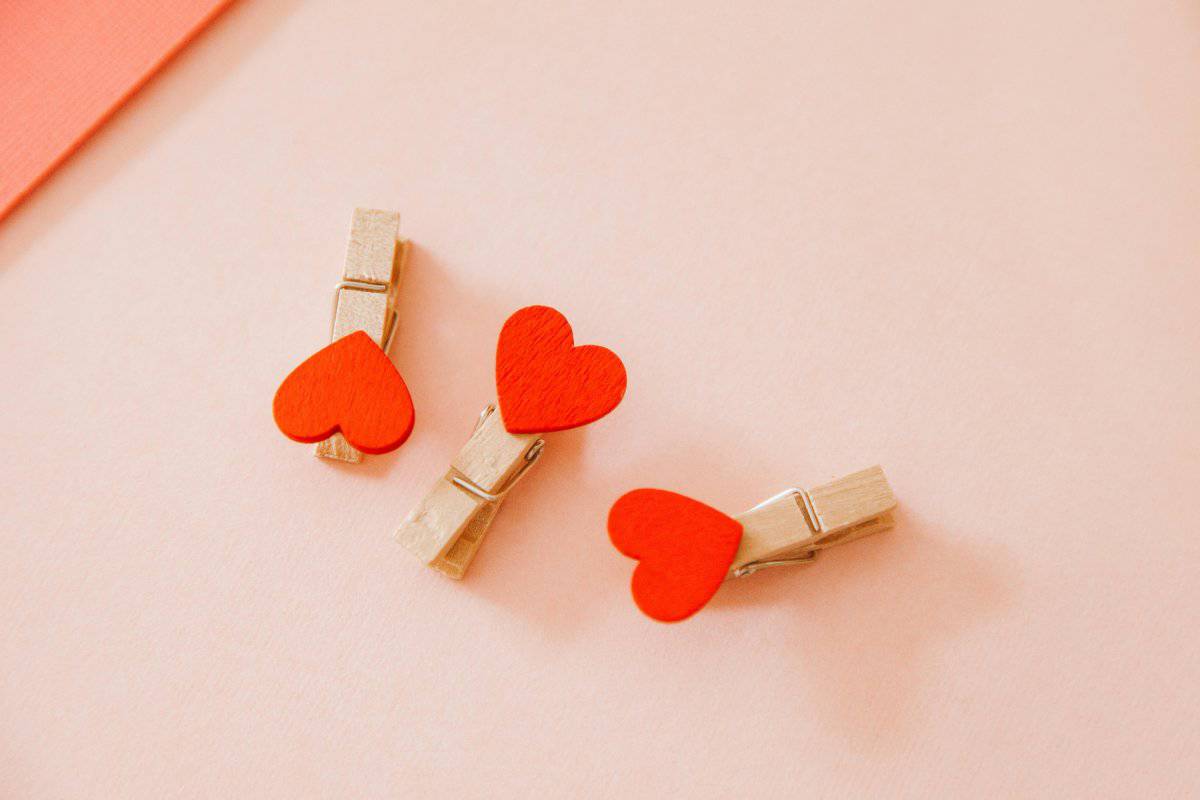
Clothespins are a surprisingly versatile learning tool for young children. Pinching and clipping them helps develop fine motor skills and strengthens hand muscles, both key for writing. Parents can turn them into sorting games by matching colors, numbers, or letters to cards. For budding engineers, clothespins can be used to build simple bridges or creative structures. The tactile feel of wooden clothespins adds a sensory element, making learning both engaging and hands-on.
4. Muffin Tins
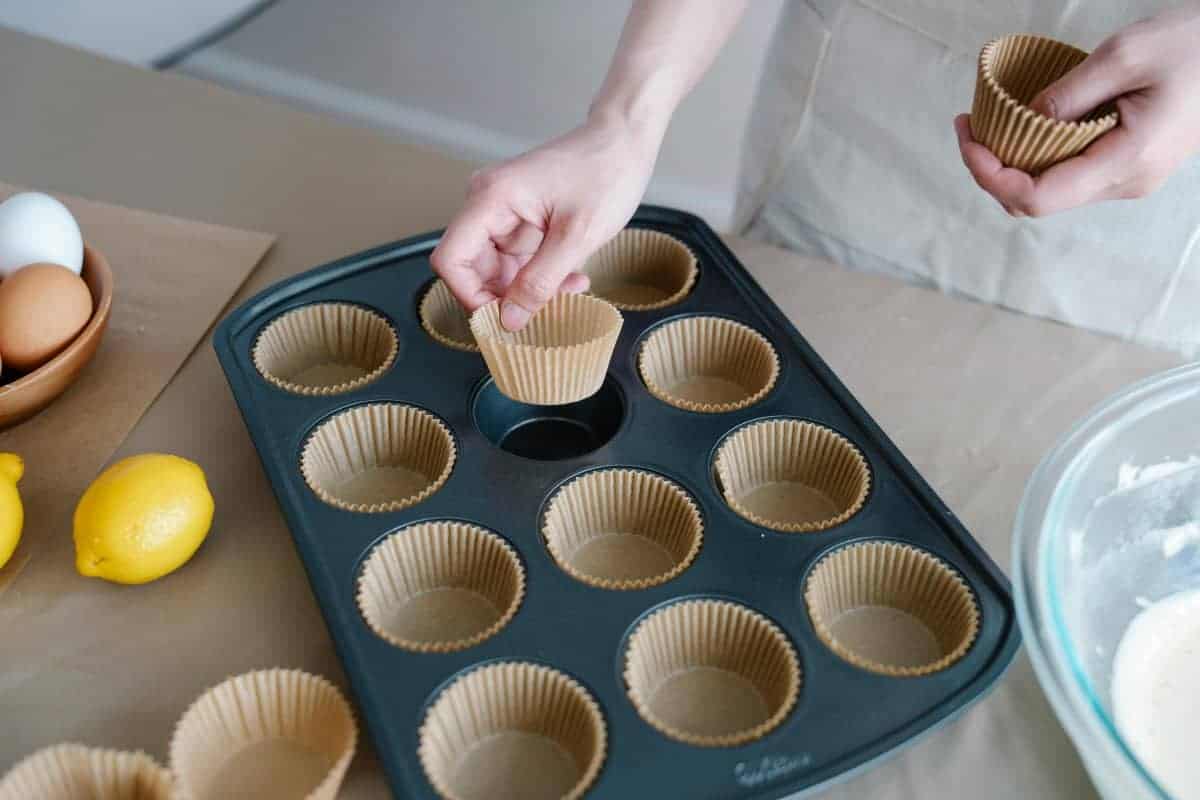
Muffin tins are perfect for organizing playful learning activities at home. Each cup serves as a compartment for sorting objects by color, size, or number, making math and categorization visual and interactive. They’re also excellent for simple science experiments—mixing different substances in separate cups can lead to exciting discoveries. Muffin tins promote pattern recognition and sensory exploration, and their divided sections make them more engaging than flat trays. Parents love how these kitchen staples turn learning into a hands-on adventure.
5. Egg Cartons
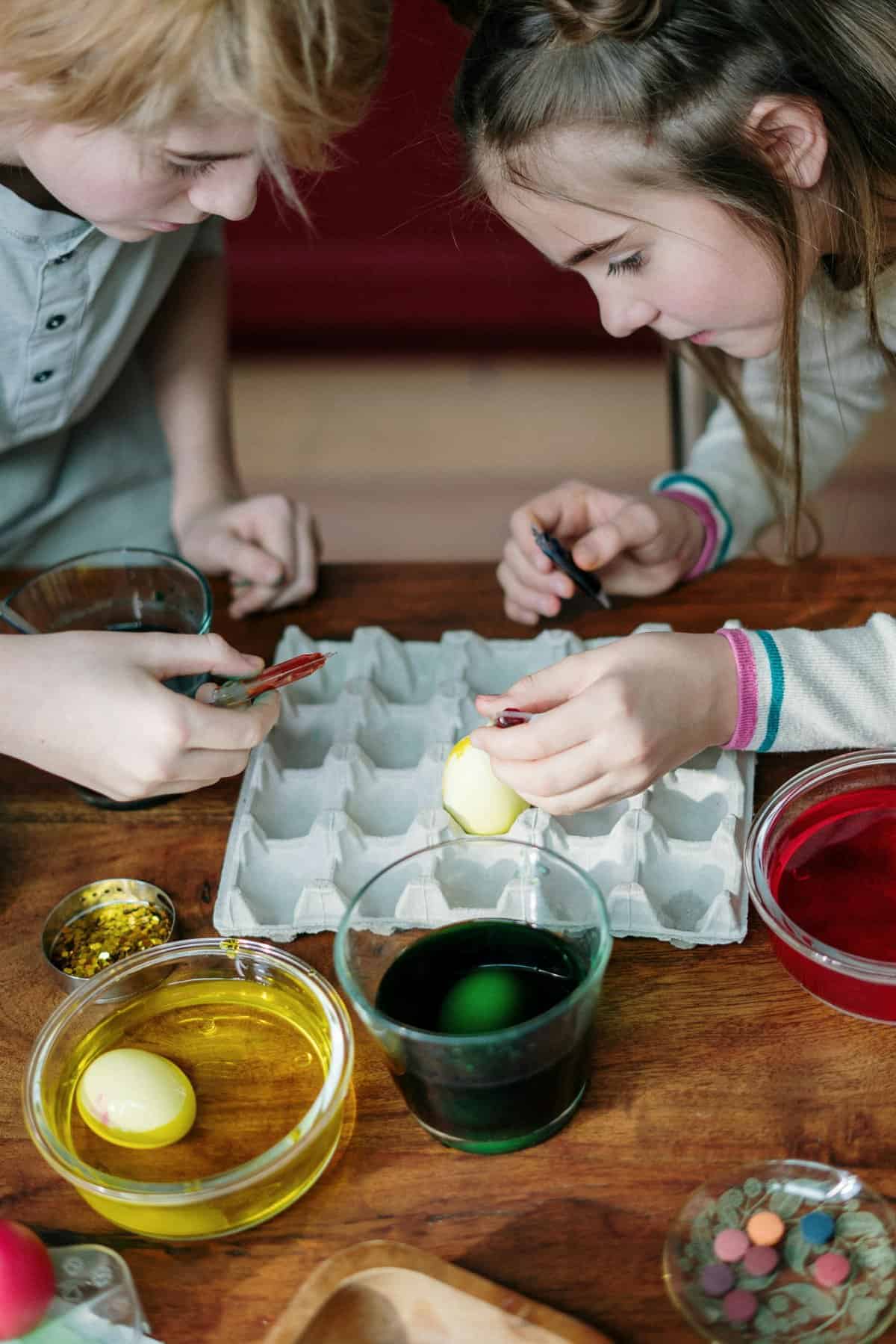
Egg cartons are eco-friendly tools that spark creativity and learning. Their segmented design is perfect for counting, sorting, and understanding sets, while the compartments invite hands-on exploration. Kids can transform them into colorful caterpillars, flowers, or even use them to start seedlings for a simple science lesson on plants and growth. Unlike plastic organizers, egg cartons are readily available and sustainable, making them a smart choice for a variety of home learning activities.
6. Plastic Bottles
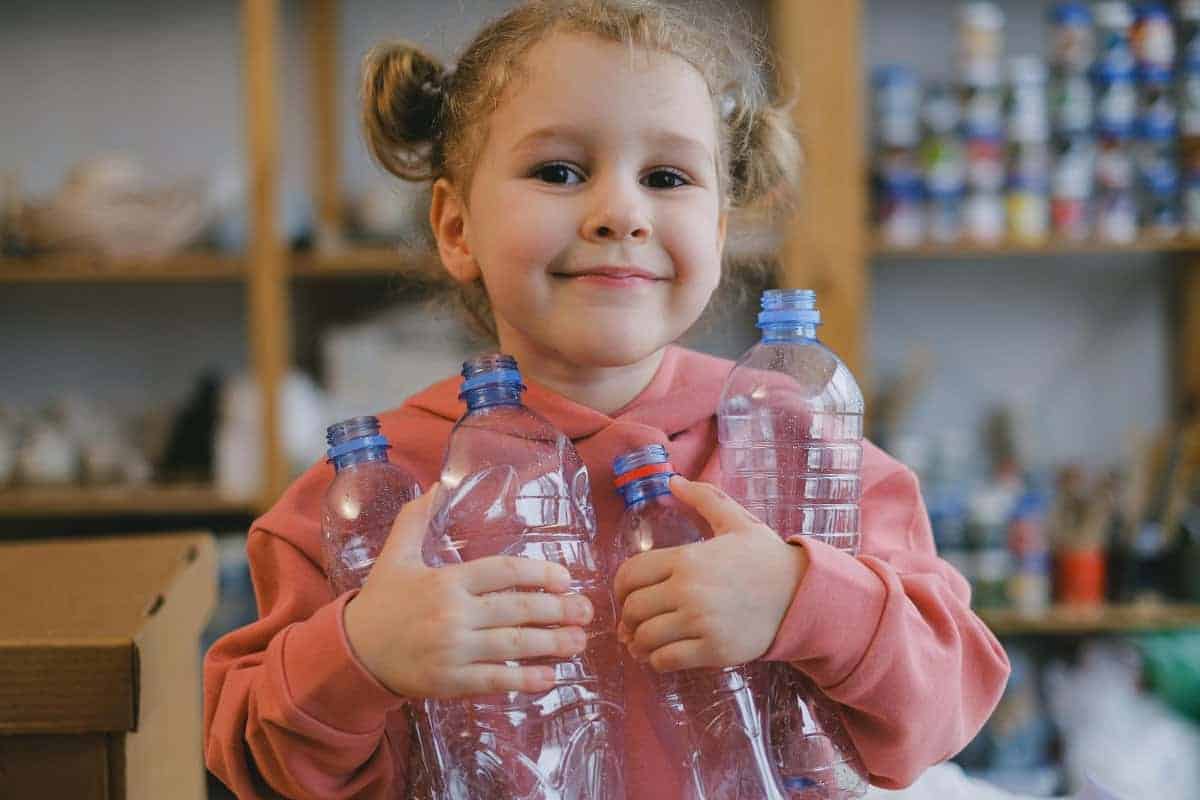
Plastic bottles are incredibly versatile for hands-on learning. They’re perfect for science experiments—think tornado simulators, rain gauges, or homemade lava lamps that make complex concepts visible and exciting. Cut bottles can become art supplies or mini planters, introducing kids to recycling and sustainability in a tangible way.Labeling bottles with numbers or letters transforms them into bowling pins for fun math or literacy games. With a little supervision, plastic bottles become safe, engaging tools for exploring science, math, and environmental awareness.
7. Old Magazines
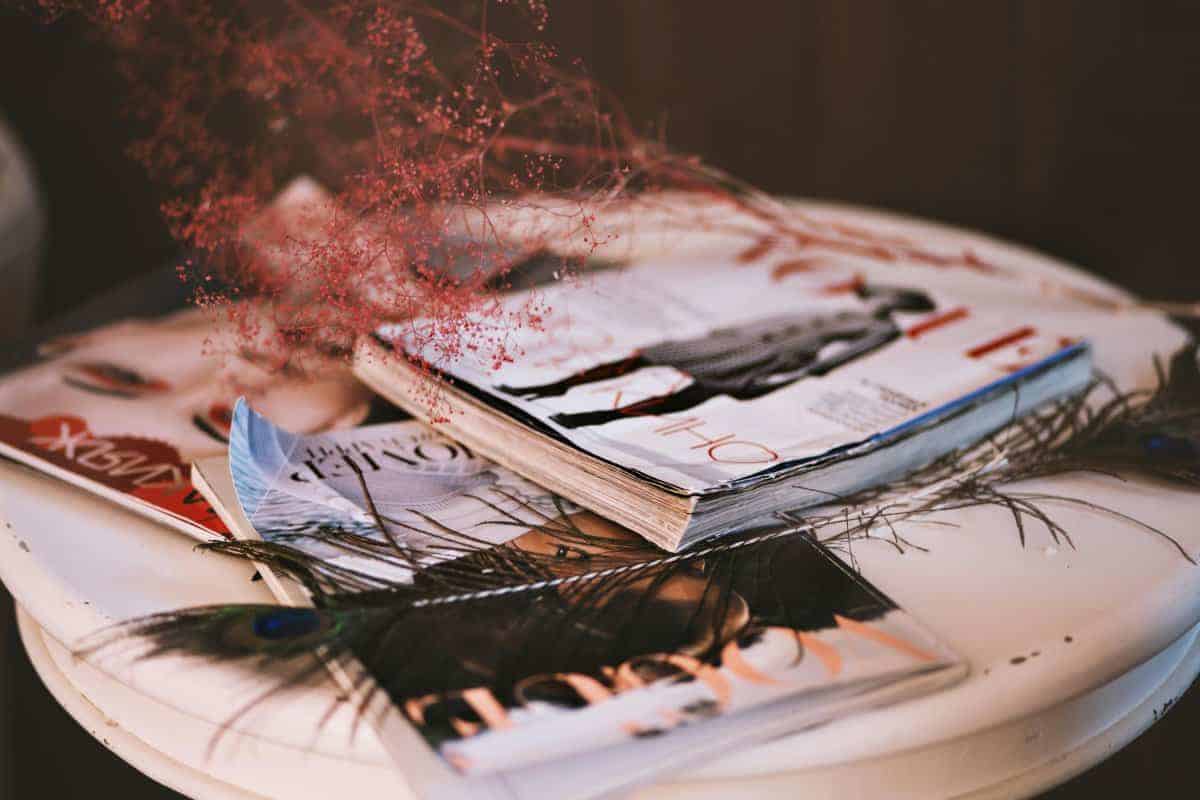
Old magazines are a treasure trove for literacy and creativity. Kids can cut out letters to practice spelling or assemble collages that reflect their unique interests. Turning reading into a scavenger hunt for certain words or images makes literacy interactive and fun. The vibrant visuals and varied topics found in magazines help expand vocabulary and spark new ideas. Repurposing magazines also encourages recycling and resourcefulness, making learning both imaginative and eco-friendly.
8. Ice Cube Trays
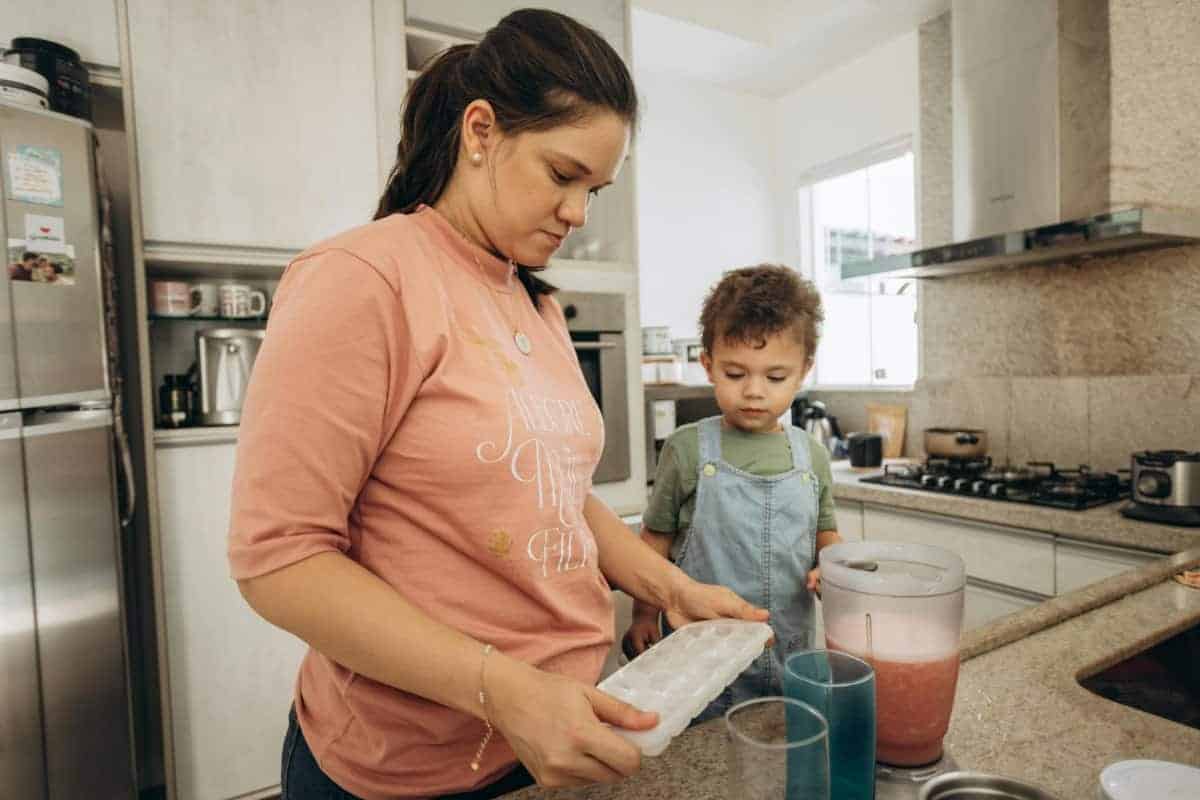
Ice cube trays are surprisingly effective for hands-on learning. Kids can sort and count small objects in each compartment, practicing color recognition and early math skills. These trays are also great for science—freeze colored water or juice to explore how matter changes from solid to liquid. Their compact size is ideal for small hands, allowing for easy manipulation and experimentation, unlike bulkier sorting bins. Simple, everyday items like these make learning both accessible and engaging.
9. Laundry Baskets

Laundry baskets are surprisingly versatile for active learning. Kids can use them for gross motor games—tossing balls, sorting laundry by color, or weaving them into homemade obstacle courses. These activities build coordination, teamwork, and problem-solving skills in a fun, engaging way. For imaginative play, baskets easily transform into boats, cars, or animal cages. Sturdy and multipurpose, laundry baskets offer all the benefits of specialty sports gear—without the hefty price tag.
10. Paper Towel Rolls
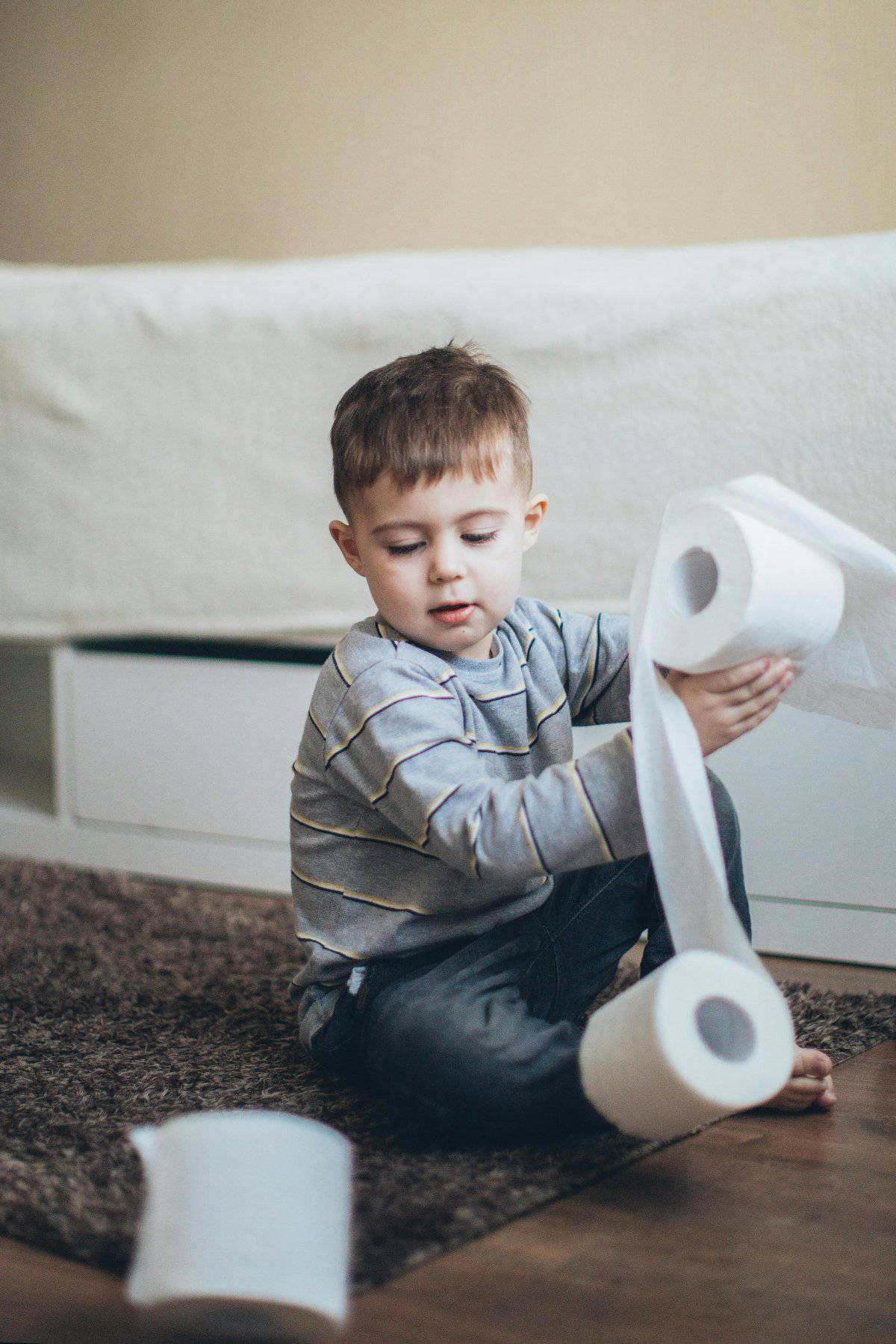
Empty paper towel rolls are fantastic for open-ended STEM play. Kids can construct marble runs, craft telescopes, or create simple musical instruments, exploring gravity and momentum through trial and error. These rolls are also perfect for threading beads or yarn, helping with pattern recognition and fine motor skills. Decorating them adds an artistic touch to the learning process. Compared to commercial building kits, paper towel rolls are affordable, eco-friendly, and encourage creative experimentation.
11. Sponges

Sponges are soft, safe, and wonderfully adaptable for learning. Cut them into shapes for stamping or add them to sensory bins for tactile exploration. They’re perfect for water absorption experiments, helping children observe and understand texture and scientific principles. Squeezing and transferring water with sponges strengthens hand muscles in young kids. Unlike many traditional manipulatives, sponges are gentle and versatile, fitting seamlessly into both art and science activities at home.
12. Cookie Cutters
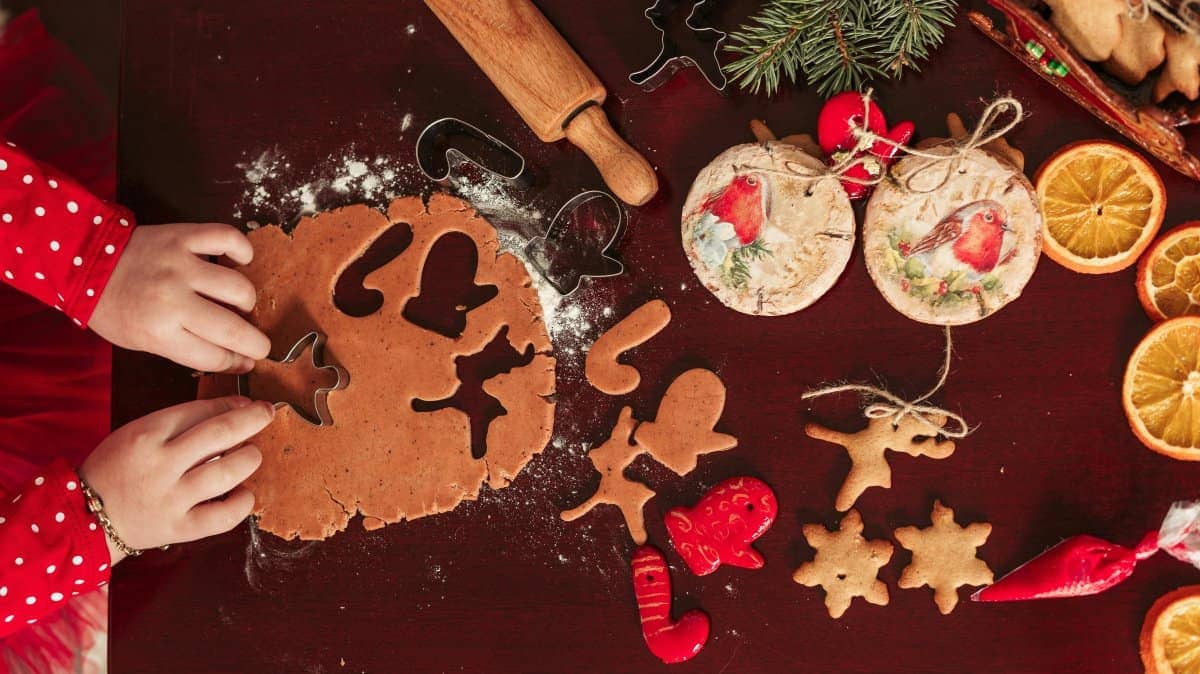
Cookie cutters are fantastic tools for hands-on learning beyond baking. Kids can use them to trace shapes, sort by size, or create patterns, supporting early math and logic skills. Pressing cutters into playdough or clay introduces concepts like symmetry and sequencing. For art projects, cookie cutters help make consistent shapes for collages or mobiles. The structured outlines are especially helpful for young children developing fine motor and spatial awareness, making creative activities both fun and accessible.
13. Bottle Caps
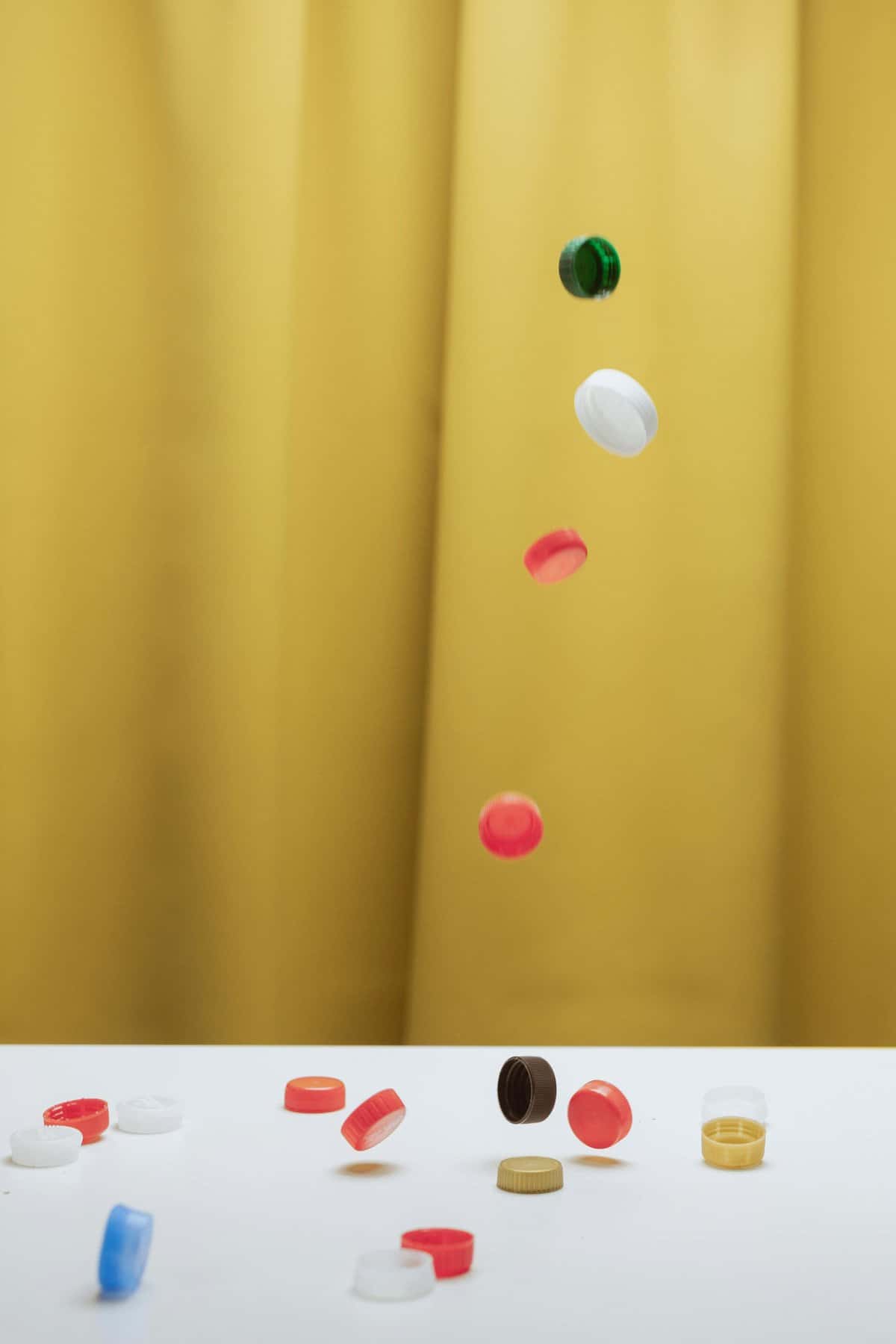
Bottle caps are compact, colorful tools for interactive learning. Children can sort them by color, count them, or use them for letter and number matching games. By gluing on labels, parents can easily create reusable flashcards for literacy and math. Older kids might use bottle caps as game pieces in homemade board games. The tactile feel and bright colors of bottle caps make them engaging and effective alternatives to store-bought manipulatives.
14. Shoelaces
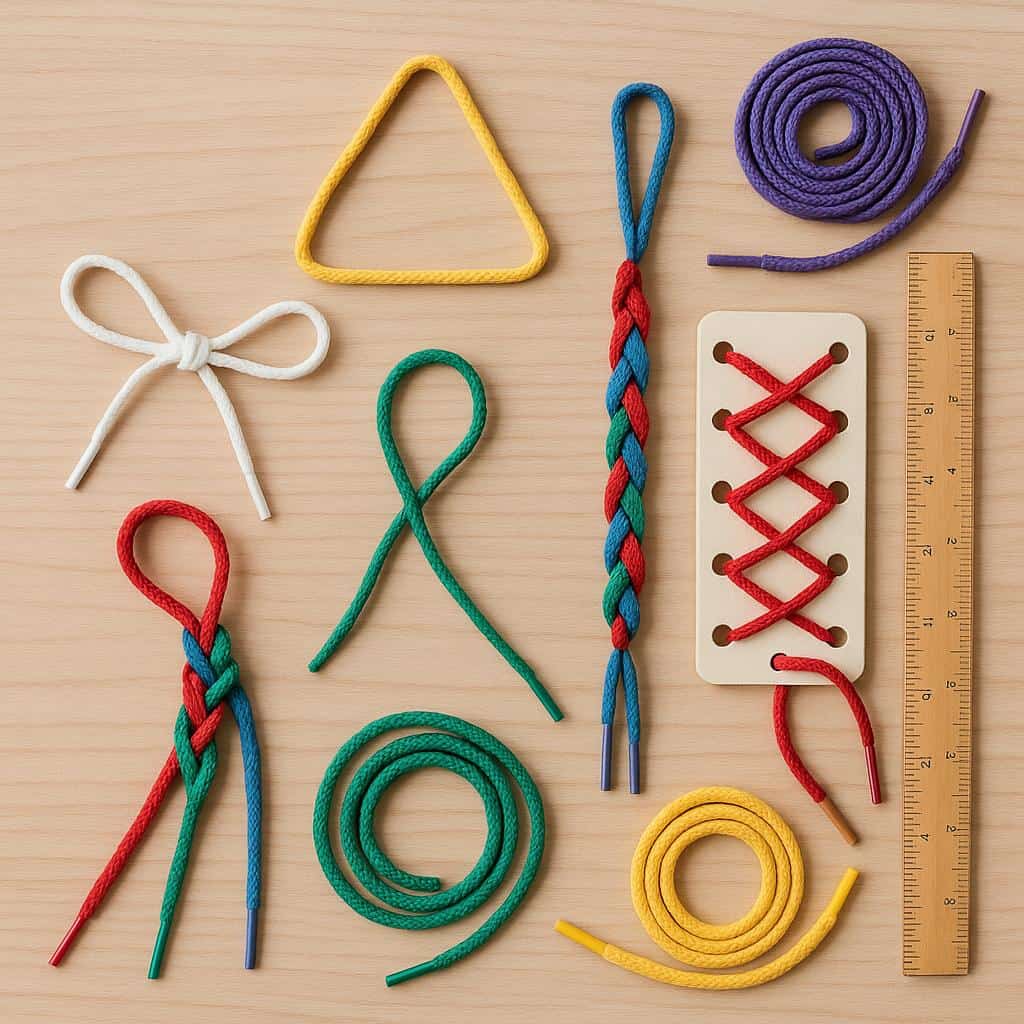
Shoelaces are simple yet powerful tools for developing essential life skills. Practicing tying, braiding, and threading with shoelaces builds fine motor control and lays the groundwork for both writing and self-care. They’re also handy for hands-on math games, like making geometric shapes or measuring everyday objects. Unlike traditional lacing cards, real shoelaces provide practical experience that directly supports independence and everyday problem-solving skills.
15. Mirrors
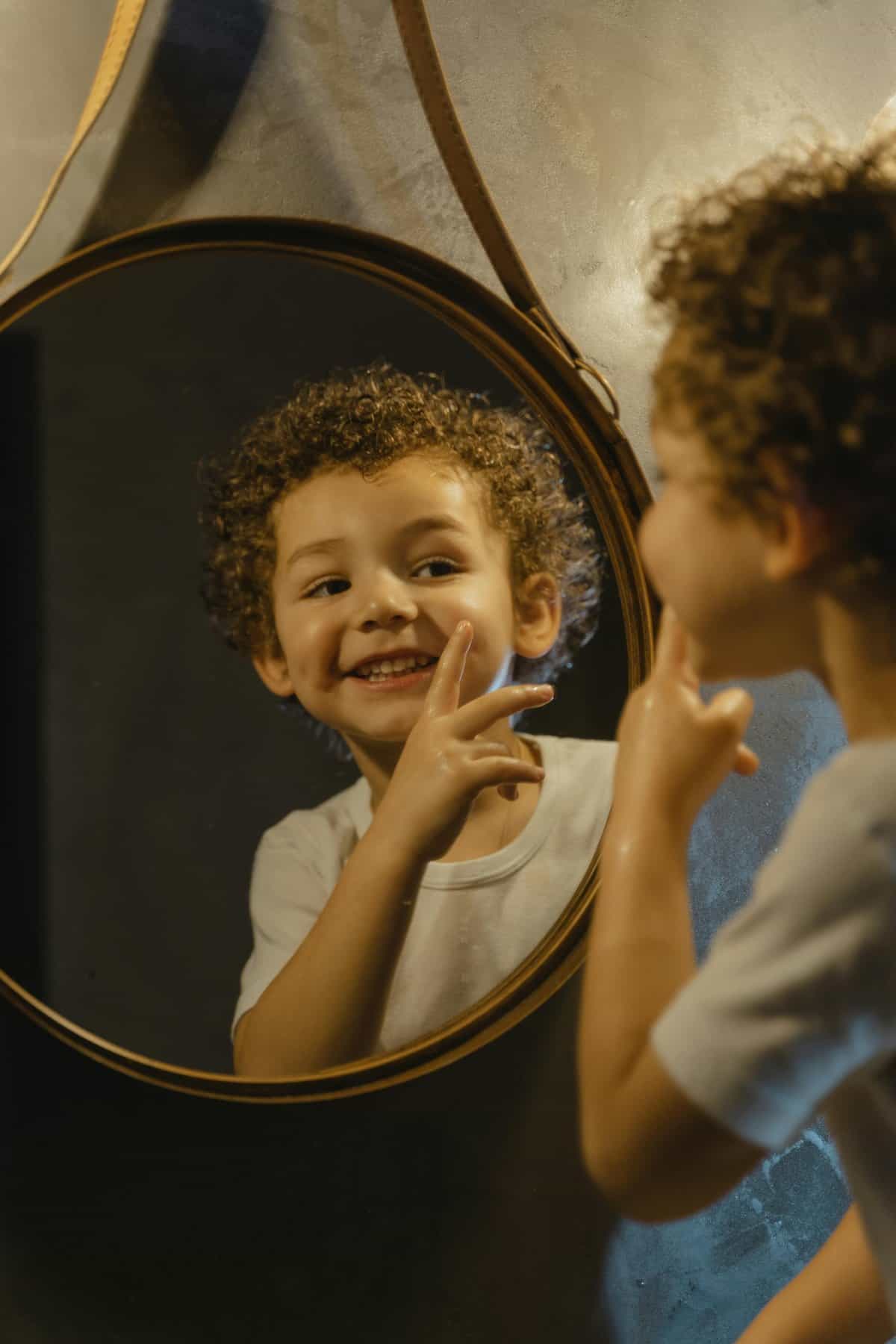
Mirrors are dynamic tools for both learning and self-discovery. Children love exploring reflections, symmetry, and the behavior of light by observing themselves and their surroundings. In art activities, mirrors inspire self-portraits and sharpen observation skills. Adding mirrors to play spaces sparks curiosity about how images move and change. Unlike static images, mirrors provide instant, interactive feedback, making complex ideas like symmetry or light much more engaging and accessible for all ages.
Bringing Everyday Learning to Life
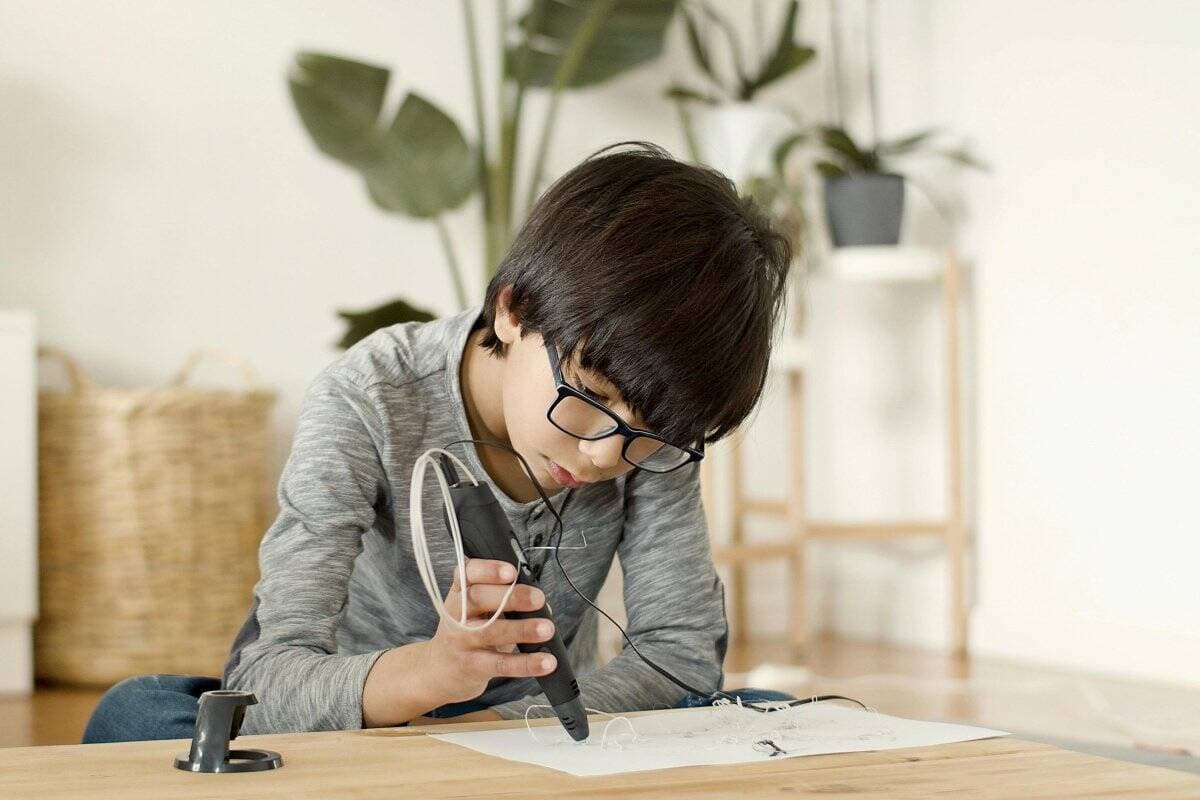
As we’ve seen, everyday objects can become powerful tools for discovery and growth when we approach them with resourcefulness and creativity. From kitchen gadgets to recycled materials, families are finding that the best learning often happens through simple, hands-on play. These activities not only build core skills but also nurture confidence and curiosity. Next time you look around your home, remember: Keep experimenting, exploring, and turning the ordinary into something extraordinary for your child’s education!





